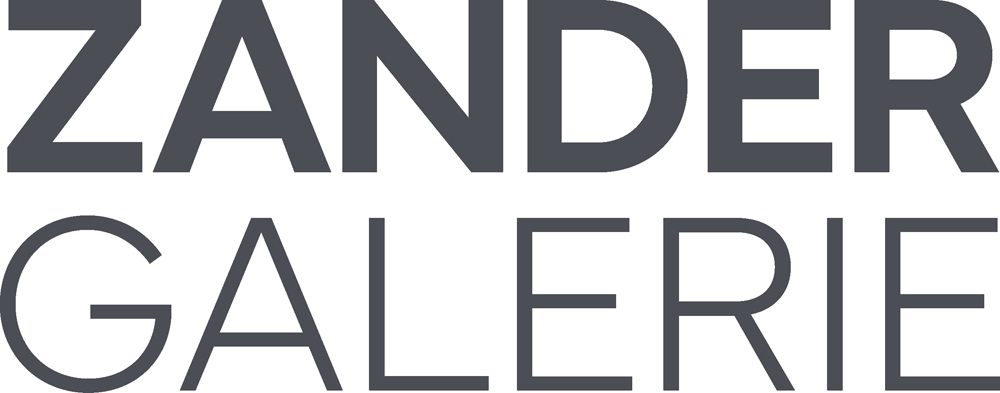EVERYTHING HAPPENS SOMEWHERE - Landschaftsstrategien
Opening on the occasion of DC OPEN GALLERIES:
Friday, 2 September 2016, 6-10 pm
Introduction by Prof. Dr. Christoph Schaden
and Saturday, 3 September 2016, 4 pm
A group exhibition with works by Robert Adams, Lewis Baltz, Bernd und Hilla Becher, Victor Burgin, Braco Dimitrijević, Peter Downsbrough, Mitch Epstein, Lee Friedlander, Andrea Geyer, Philippe Gronon, Anthony Hernandez, Anthony McCall, Dieter Meier, Masao Mochizuki, Max Regenberg, Tata Ronkholz, Ed Ruscha, Michael Schmidt, Stephen Shore, Robert Smithson/Gianfranco Gorgoni, Larry Sultan, Henry Wessel among others.
On the occasion of this year’s gallery weekend, Galerie Thomas Zander is pleased to present a group exhibition focussing on artistic landscape strategies.The exhibition offers a discourse on the concept of landscape and introduces various perspec-tives on the wide-ranging subject—from the "New Topographics" movement and conceptual photography to land art and experimental film.
In a contemporary context, landscape is no longer seen only as a geographical territory or an aesthetic ideal but as an eclectic composite of nature and culture constantly in flux that mirrors the heterogeneous and instable human environments. Space itself is characterised as a medium of social practices. Cultural processes inscribe meaning into places and thus produce new forms of landscapes. The seminal photography exhibition "New Topographics" of 1975 is an expression of this new understanding of a “man-altered landscape” and has been a major influence on art beyond the boundaries of photography ever since. The photographs of the participating artists Robert Adams, Lewis Baltz, Bernd and Hilla Becher, Stephen Shore and Henry Wessel depict modern housing and industrial development in a style that is as austere as their subject, yet at its core they touch on human living conditions and values. Around the same time, Lee Friedlander moves through the urban landscape, through the simultaneousness and chaos of signs. In his series "The American Monument" he photographs statues hardly noticeable between advertisements, his complex inclusive compositions representing the urban landscape in the form of aesthetic, yet impenetrable structure. Ed Ruscha ironically responds to the (un-) readability of the postmodern landscape by visually cataloguing its vernacular architectural patterns such as parking lots, gas stations and streets. The early work "Untitled (25 feet)" by Victor Burgin further abstracts the desire for order and overview by documenting the act of surveying and archiving itself. Here photography becomes an instrument of mapping and actively participates in the production of space. Anthony McCall, too, performatively creates a landscape in his film "Landscape for Fire" (1972), which records a grid of small fires being lit consecutively. As a special excursus on the subject of cartography the current exhibition showcases two photographic star atlases from the 1910s and 1920s: one by Edward Barnard, who secured the first photograph of the intricate structures of the Milky Way, the other are the skyscapes by two pioneers of astrophotography, Johann Palisa and Max Wolf.
Land art is another landscape strategy that evolved in 1970’s in reaction to the overly anthropomorphic tendencies in sculpture. Robert Smithson’s "Spiral Jetty" of 1970 (a year after the first moon landing) is a site-specific land sculpture, which due to its coiled shape unsettles the observers’ perception of scale depending on the viewpoint, thus denying the reference value of the human figure. Bosnian conceptual artist Braco Dimitrijević also qualifies the weight of particular places or personalities and proclaims a state of post history characterised by a coexistence of different values. The exhibited marble plate bears the inscription “This could be a place of historical importance“, which symbolises that every place has the potential for meaning.
In contrast to the strategies of objectifying or relativising, Larry Sultan conceptualises landscape as a psychological, identity building construct. Having grown up in California’s San Fernando Valley, he documented the sets of porn films shot in private homes in his series "The Valley" between 1998 and 2003. His photographs explore the contradictions, fictions and gaps of suburban family life. Lewis Baltz poses the question of the visibility of landscape phenomena in his series "89-91 Sites of Technology" with its arcane landscapes of the information age, its large-capacity computers and cooling tanks of nuclear research centres. The images of sterile surfaces and surveillance camera footage of the premises only shows the essential invisibility of the actual processes and power structures in place, which today are more relevant than ever. In "American Power" (2003-2008) Mitch Epstein evokes the grand tradition of American landscape photography and delivers a survey in landscape format of the industrial exploitation of the land and its energy sources. Just as Mitch Epstein’s large-format photographs reference the landscape tradition and disrupt it at the same time, all the works brought together in this exhibition leave their mark on our notion of what landscape is and in turn help to further shape the idea of landscape.
